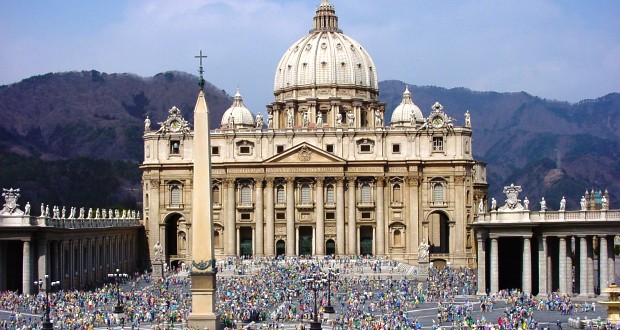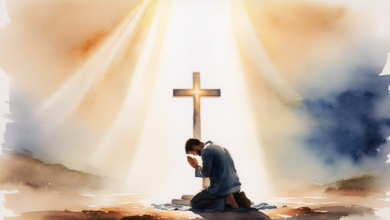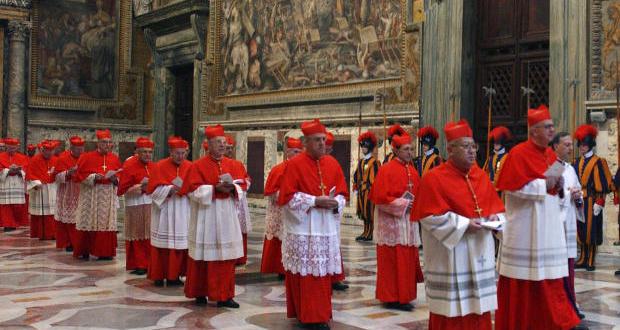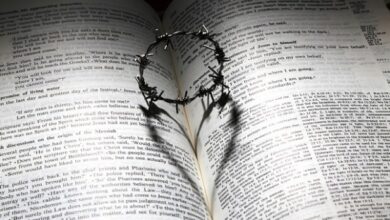Behind the Locked Doors: Understanding the Conclave Process
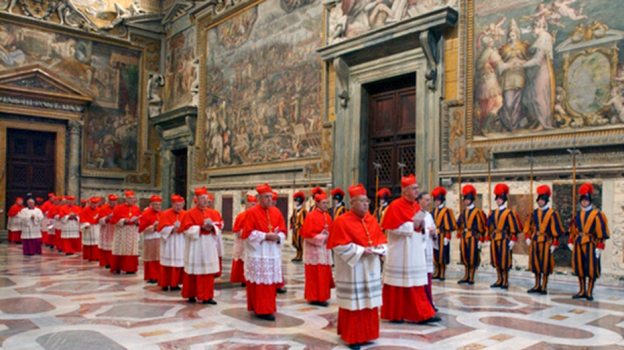
What Really Happens When a Pope Is Elected? Inside the Conclave Process
Have you ever wondered how a new pope is chosen? The process is ancient, sacred, and filled with prayerful mystery. It’s called the Conclave—a word that literally means “with a key.” When the See of Peter becomes vacant, either due to the death or resignation of a pope (as with Pope Benedict XVI in 2013), the Church enters into one of its most solemn and spiritually charged rituals.
Here’s a look at what really happens during this remarkable process.
1. The Vacancy of the Apostolic See
The conclave only begins after the death of a pope or his valid resignation, as declared by Canon Law. At that point, the See of Peter is sede vacante—Latin for “the seat being vacant.”
The College of Cardinals, particularly those under the age of 80, begin preparations for the election. In the meantime, the Church is temporarily led by the Camerlengo, who oversees day-to-day Vatican operations but cannot make major decisions.
2. Preparations and Oaths
Eligible cardinals—usually around 120—are summoned to Rome. They reside at the Domus Sanctae Marthae, the Vatican guesthouse. Before entering the Sistine Chapel, where the voting takes place, each cardinal takes an oath of secrecy and fidelity.
They promise, under grave obligation, never to reveal anything they see, hear, or discuss during the conclave—on pain of excommunication.
3. Locked In—Literally
When the time comes, the cardinals enter the Sistine Chapel and the doors are locked from the outside. This symbolizes their separation from the world and underscores their reliance on the Holy Spirit alone. The famous Latin words are proclaimed:
“Extra omnes!” — Everyone out!
Only those essential to the process remain.
4. The Voting Rounds
Each cardinal writes the name of their chosen candidate on a paper ballot, folds it, and places it in a chalice on the altar. The ballots are then counted and burned after each round.
- A two-thirds majority is required for a valid election.
- If no one is elected after several days, the rules allow for adjustments, but always aim to ensure unity and divine guidance.
To signal the outcome:
- Black smoke (fumata nera) means no pope has been elected.
- White smoke (fumata bianca) means Habemus Papam—“We have a pope!”
White smoke is accompanied by the ringing of St. Peter’s Basilica bells.
5. The New Pope is Asked
Once a cardinal receives the required number of votes, he is asked:
“Do you accept your canonical election as Supreme Pontiff?”
If he responds “Accepto” (I accept), he is immediately pope—even before appearing to the world.
He is then asked:
“By what name shall you be called?”
This is when he chooses a papal name, like “Francis” or “John Paul.”
6. The World Learns: Habemus Papam!
The new pope dons the white cassock, prays in the “Room of Tears,” and then steps out onto the balcony of St. Peter’s Basilica.
The announcement is made:
“Annuntio vobis gaudium magnum: Habemus Papam!”
(“I announce to you a great joy: We have a Pope!”)
And then, the Holy Father gives his first Urbi et Orbi blessing to the city and the world.
Why It Matters
The conclave isn’t just about choosing a leader. It’s about discernment, surrender, and unity. The cardinals are not political delegates—they are successors of the apostles praying for divine guidance to choose the one who will shepherd over a billion Catholics worldwide.
It’s a process bathed in prayer, sealed in secrecy, and entrusted to the Holy Spirit.
What Can We Do?
As lay faithful, we don’t cast ballots—but we do have a powerful role: Prayer. Every time the conclave meets, we are invited to pray that God will raise up a pope after His own heart.
Will you be ready to pray when the next white smoke rises?



